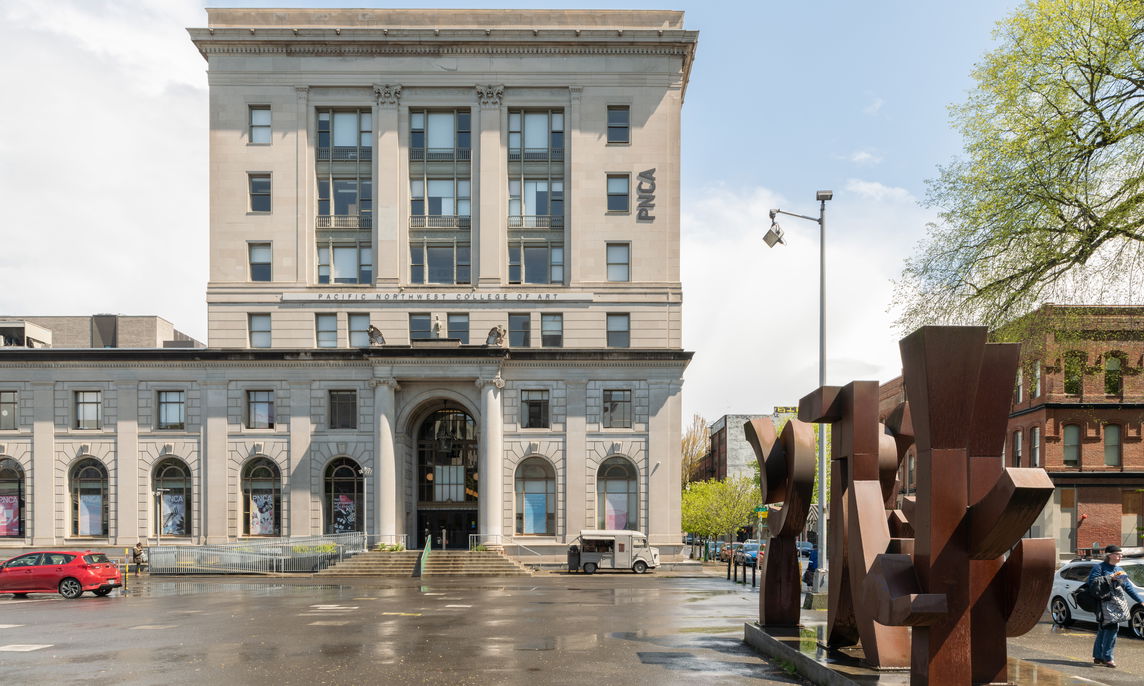Emergency Numbers
Campus Safety is on duty 24/7/365 and should be contacted for all on-campus emergency and facilities-related concerns and requests.
Emergency numbers are posted throughout campus.
- Lead Safety Officer/On Duty Officer Phone: 503-621-2061
- Safety Officer 1: 503-621-2061
- Safety Officer 2: 503-539-1192
- PNCA Facilities Team: 503-380-1089
- Emergency: 911
- Portland Police (Non-Emergency): 503-823-3333
- Downtown Clean & Safe: 503-224-7383
Executive Director of Campus Safety
AJ Christensen
503-370-6907
achristensen@willamette.edu
Associate Director of Campus Safety
Colin Stevens-Graybeal
503-821-8890
cstevensgraybeal@willamette.edu
Permits/Day Passes
Year-round reserved permits at PNCA are no longer available. Day passes are available for purchase for $12 and are valid for an entire business day (8:00 a.m. - 5:00 p.m.). Evening passes are available for purchase for $6. Passes can be purchased at the front desk at the 511 Building. *Day and evening pass availability varies and is available on a first come, first served basis.
There are also several metered parking spaces and public lots nearby with hourly / daily / monthly parking available. Please contact City Center Parking or Star Park for current rates and availability.
Parking Citation Appeals
Parking Citation Appeal Form
